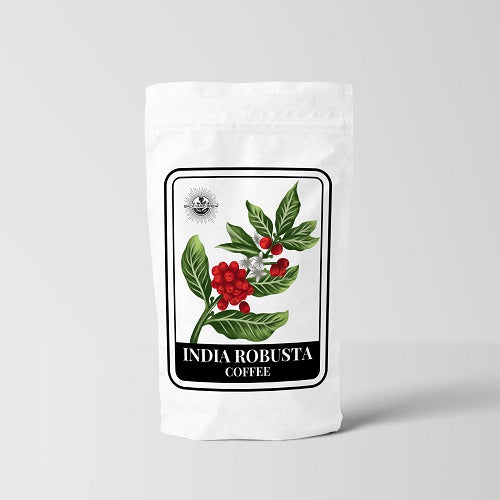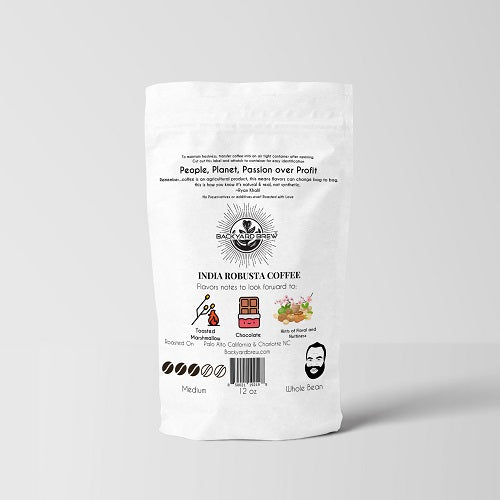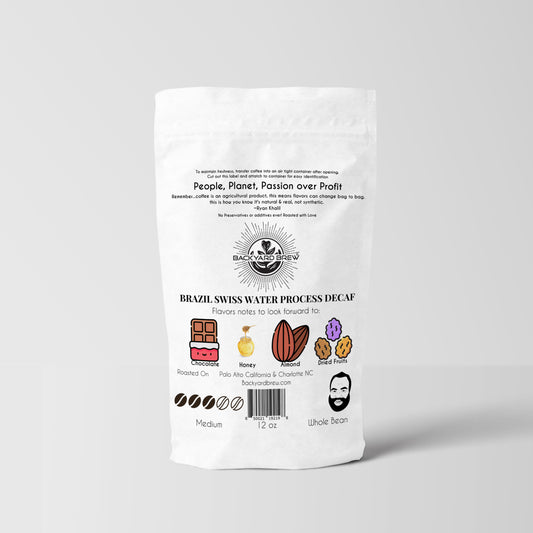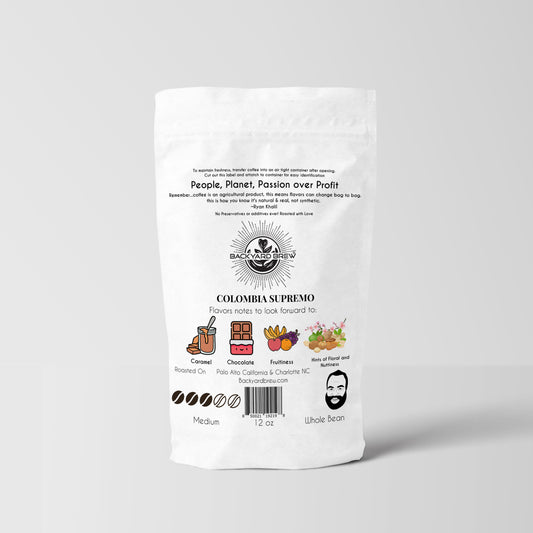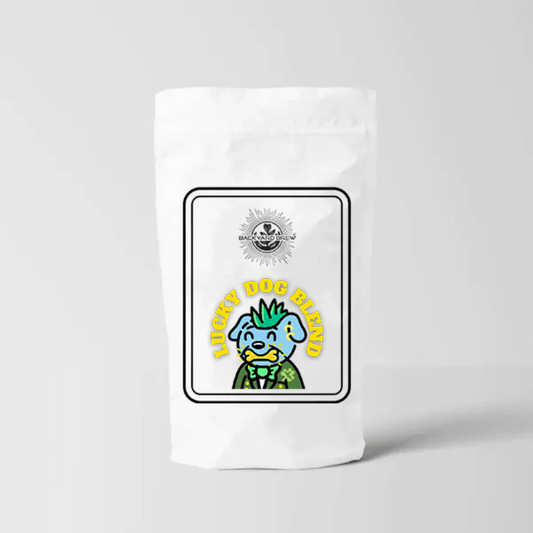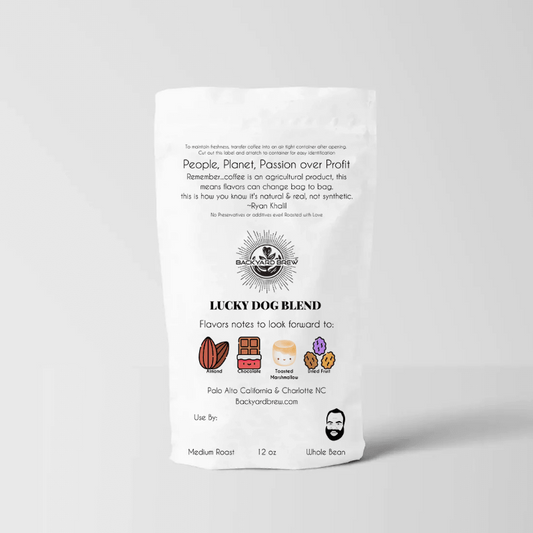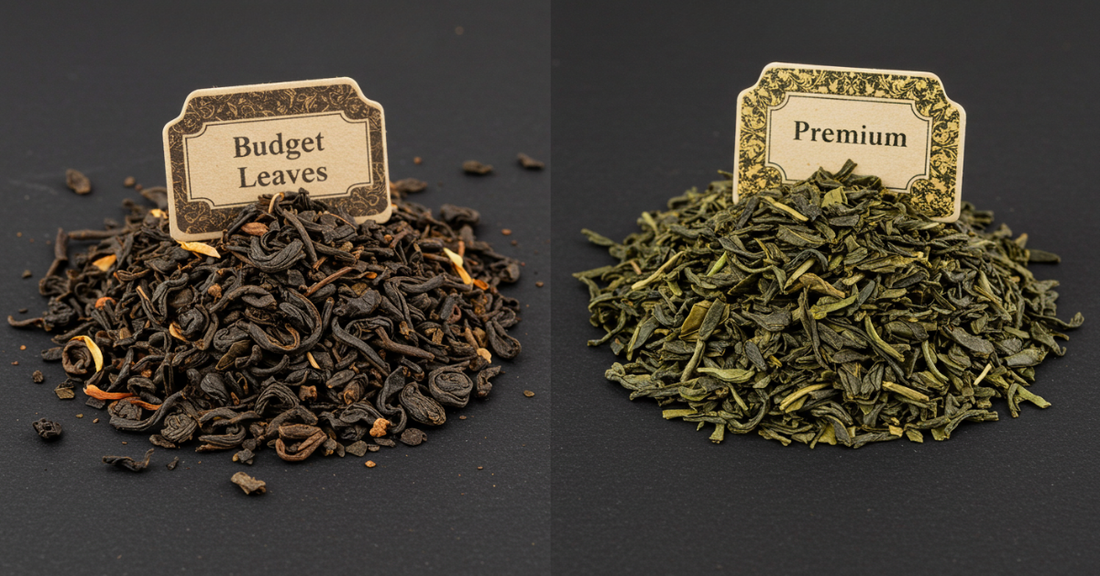Budget vs. Premium Tea Leaves: A Comprehensive Buying Guide
Related Product
Subscribe
Table of Contents
When it comes to tea, you might wonder why some tea leaves cost a lot more than others. Is it worth spending extra money on premium tea? In this guide, we will explore the differences between budget and premium tea leaves. We will look at their prices, quality, flavors, and more. By the end, you will know what to choose based on your needs and preferences.
|
Feature |
Budget Tea Leaves |
Premium Tea Leaves |
|
Price |
Affordable, suitable for daily use |
Higher cost, often seen as a luxury item |
|
Quality |
Generally lower quality |
Higher quality, often hand-picked |
|
Flavor Profile |
Basic, may lack depth |
Complex, rich flavors |
|
Sourcing |
Often mass-produced |
Focus on Ethical Sourcing of Tea Leaves |
|
Health Benefits |
May have fewer antioxidants |
Rich in antioxidants and nutrients |
|
Variety |
Wide range of flavors available |
Unique and rare varieties |
|
Brewing Requirements |
More forgiving, easier to brew |
Specific temperatures and steeping times |
|
Availability |
Widely available in grocery stores |
Often found in specialty shops or online |
|
Environmental Impact |
May not prioritize sustainability |
Often emphasizes Organic Tea Farming Practices and sustainability |
|
Consumer Experience |
Suitable for casual drinkers |
Ideal for tea enthusiasts and connoisseurs |
|
Ethical Practices |
Less focus on fair trade |
Many brands offer Fair Trade Tea Leaves |
|
Packaging |
Basic packaging |
Often comes in premium packaging |
-
Price
Budget tea leaves are easy on the wallet. They are affordable and perfect for everyday drinking. You can find them in most grocery stores. This makes it simple to grab a box when you need it. If you drink tea often, budget options can save you money.
Premium tea leaves cost more. They are often seen as a luxury item. The higher price reflects the quality of the tea and how it is made. If you want a special tea experience, you might consider spending a little more on premium options.
-
Quality
The quality of budget tea leaves is usually lower. They are often mass-produced, which means they are made in large quantities. This can lead to a less flavorful tea. While they can still be enjoyable, they may not have the same richness as premium teas.
Premium tea leaves are of much higher quality. They are often hand-picked and carefully processed. This means that the tea is made with more attention to detail. As a result, premium teas usually have a better taste and aroma.
-
Flavor Profile
Budget tea leaves often have a basic flavor. They may taste good, but they usually lack the depth and complexity found in premium teas. If you are looking for something simple, budget tea can be fine. However, if you want a rich and exciting flavor, you might want to try premium tea.
Premium tea leaves offer a wide range of flavors. They can be complex and rich, providing a more satisfying experience. The careful growing and processing of premium tea leads to unique tastes that can surprise and delight your palate.
-
Sourcing
Budget tea leaves are often mass-produced. This means they may not be sourced ethically. Ethical sourcing is important because it ensures that workers are treated fairly and that the environment is respected. Unfortunately, many budget brands do not focus on this.
Premium tea brands usually care about how their tea is sourced. They often focus on Ethical Sourcing of Tea Leaves. This means they make sure workers are paid fairly and that the tea is grown in a way that is good for the planet. If you care about where your tea comes from, premium options are a better choice.
-
Health Benefits
Budget tea leaves may have fewer health benefits. They can still be enjoyable, but they might not have as many antioxidants and nutrients. Antioxidants are good for your health and can help your body fight off illness.
Premium tea leaves are often rich in antioxidants and other healthy compounds. Drinking premium tea can provide more health benefits. If you are looking for tea that is good for you, premium options are worth considering.
-
Variety
Budget tea options usually come in a wide range of flavors. This allows you to try different types without spending too much money. You can find many different blends and flavors, making it fun to explore.
Premium tea leaves often include unique and rare varieties. These teas are not commonly found in budget options. If you are a tea lover looking for something special, premium teas can offer exciting new flavors to discover.
-
Brewing Requirements
Brewing budget tea is usually easy. You can steep it for a few minutes, and it will taste good. This makes it a great choice for casual drinkers who may not know much about brewing tea.
Brewing premium tea can be a bit more complicated. These teas often require specific temperatures and steeping times to bring out their best flavors. If you are willing to learn and experiment, brewing premium tea can be a rewarding experience.
-
Availability
You can find budget tea leaves in most grocery stores. They are easy to purchase and always available. This makes them a convenient choice for everyday tea drinkers.
Premium tea leaves are often found in specialty shops or online. They may not be as easy to find as budget options. If you want premium tea, you might need to look a little harder or order it online.
-
Environmental Impact
Many budget tea brands do not focus on sustainability. This can lead to negative effects on the environment. If you care about the planet, you might want to think twice about choosing budget options.
Premium tea brands often emphasize Organic Tea Farming Practices and sustainability. They take care to grow tea in a way that protects the environment. This means using fewer chemicals and ensuring that the land remains healthy for future generations. If you want to support environmentally friendly practices, premium tea is a better choice.
-
Consumer Experience
Budget tea leaves are great for casual drinkers. They are perfect for those who enjoy tea but do not want to spend a lot of time or money on it. If you just want a quick cup of tea to enjoy, budget options can be satisfying.
Premium tea leaves are ideal for tea enthusiasts and connoisseurs. If you love exploring different flavors and aromas, premium tea can provide a more enjoyable experience. The care that goes into making premium tea can make each cup feel special.
-
Ethical Practices
Budget tea brands often have less focus on fair trade practices. This means that the workers who pick the tea may not be paid fairly or treated well. If you care about the people who grow your tea, you might want to think about this when choosing budget options.
Many premium brands offer Fair Trade Tea Leaves. This means that the tea is produced in a way that supports fair wages and good working conditions for farmers. Choosing premium tea can help support ethical practices in the tea industry.
-
Packaging
Budget tea leaves usually come in simple packaging. While it may not look fancy, it gets the job done. However, the packaging might not reflect the quality of the tea inside.
Premium tea leaves often come in attractive, high-quality packaging. This not only makes the tea look nice but also shows the care that went into producing it. Good packaging can also help keep the tea fresh for longer.
Understanding the Types of Tea Leaves
Before diving into the budget versus premium debate, it’s essential to understand the Types of Tea Leaves available. Each type has its unique flavor profile, aroma, and health benefits. Here’s a brief overview:
Black Tea: A Bold Choice
Black tea is one of the most popular types of tea. It is fully oxidized, giving it a strong flavor and dark color. This tea is often enjoyed with milk or sugar. It contains caffeine, making it a great choice for a morning boost.
Green Tea: A Healthier Option
Green tea is less processed than black tea. It retains more antioxidants, making it a healthier choice. The flavor is often grassy and fresh. Many people enjoy it for its health benefits, including weight loss and improved brain function.
White Tea: The Delicate Delight
White tea is the least processed of all tea types. It is made from young tea leaves and buds. The flavor is light and subtle, making it a favorite for those who prefer a milder taste. It is also rich in antioxidants.
Oolong Tea: The Best of Both Worlds
Oolong tea is partially oxidized, placing it between black and green tea. It has a complex flavor profile, often described as floral or fruity. Oolong is known for its unique taste and aroma, making it a favorite among tea connoisseurs.
Pu erh Tea: The Aged Wonder
Pu erh tea is fermented and aged, giving it a unique flavor that can be earthy or sweet. It is often sold in compressed cakes. This tea is known for its health benefits, including aiding digestion and weight loss.
Herbal Tea: The Caffeine-Free Option
Herbal tea is not technically tea, as it does not come from the Camellia sinensis plant. Instead, it is made from herbs, fruits, and flowers. Herbal teas are caffeine-free and come in various flavors, making them a versatile choice.
Budget Tea Leaves: What to Expect
When you choose budget tea leaves, you often get what you pay for. These teas are usually mass-produced and may lack the depth of flavor found in premium options. However, they can still be enjoyable and convenient.
Pros of Budget Tea Leaves
-
Affordability: Budget tea leaves are easy on the wallet. They are perfect for everyday drinking.
-
Accessibility: You can find them in most grocery stores. This makes them easy to purchase.
-
Variety: Many brands offer a wide range of flavors, allowing you to experiment without breaking the bank.
Cons of Budget Tea Leaves
-
Quality: The quality may not be as high as premium options. You might miss out on unique flavors.
-
Ethical Sourcing of Tea Leaves: Budget brands may not prioritize ethical sourcing. This can lead to concerns about labor practices and environmental impact.
-
Flavor: The taste may be flat or overly processed. This can make your tea-drinking experience less enjoyable.
Premium Tea Leaves
Premium tea leaves are often hand-picked and carefully processed. They come from specific regions known for their tea production. The result is a richer flavor and a more enjoyable experience.
Pros of Premium Tea Leaves
-
Quality: Premium teas are often of higher quality. They provide a more complex flavor profile.
-
Ethical Sourcing of Tea Leaves: Many premium brands focus on ethical sourcing. This means better treatment of workers and sustainable farming practices.
-
Health Benefits: Premium teas often retain more antioxidants and nutrients. This can enhance their health benefits.
Cons of Premium Tea Leaves
-
Cost: Premium tea leaves can be expensive. This may not fit everyone’s budget.
-
Availability: They may not be as readily available as budget options. You might need to shop at specialty stores or online.
-
Learning Curve: Brewing premium tea may require more knowledge. You need to understand the right temperatures and steeping times.
Factors to Consider When Buying Tea Leaves
When deciding between budget and premium tea leaves, consider the following factors:
1. Flavor Preferences
Your taste preferences play a significant role in your choice. If you enjoy exploring different flavors, premium tea leaves may be worth the investment. However, if you prefer a straightforward taste, budget options might suffice.
2. Health Benefits
If you are looking for health benefits, premium teas often have more antioxidants and nutrients. For example, can enhance the health benefits of tea. If health is a priority for you, consider investing in premium options that emphasize organic and ethical sourcing.
3. Brewing Methods
Different types of tea require different brewing methods. Premium teas often need specific temperatures and steeping times to bring out their best flavors. If you’re willing to learn and experiment, premium tea can be rewarding. On the other hand, budget teas are usually more forgiving and easier to brew.
4. Ethical Considerations
As consumers become more aware of the impact of their purchases, ethical sourcing has gained importance. Many premium brands focus on Fair Trade Tea Leaves and sustainable practices. If supporting ethical practices is important to you, look for brands that prioritize these values.
5. Frequency of Use
Consider how often you drink tea. If you enjoy tea daily, budget options may be more practical. However, if you reserve tea for special occasions, investing in premium leaves can enhance your experience.
How to Choose the Right Tea for You
Choosing the right tea can be overwhelming, given the vast options available. Here are some tips to help you make the best choice:
1. Start with Your Preferences
Think about what you enjoy. Do you prefer strong flavors or something more delicate? Knowing your preferences can guide you in selecting the right type of tea.
2. Experiment with Different Types
Don’t be afraid to try different Types of Tea Leaves. You might discover a new favorite. Consider purchasing sample packs from various brands to explore without committing to a full box.
3. Read Reviews
Before buying, read reviews from other tea drinkers. This can provide insight into the flavor, quality, and overall experience of the tea. Look for reviews that mention ethical sourcing and organic practices if those are important to you.
4. Visit Specialty Tea Shops
If possible, visit a specialty tea shop. The staff can often provide recommendations based on your preferences. You may also have the opportunity to sample different teas before purchasing.
5. Consider the Source
Research the brand’s sourcing practices. Look for companies that emphasize Ethical Sourcing of Tea Leaves and Organic Tea Farming Practices. This ensures that your tea is not only delicious but also produced responsibly.
Brewing Tips for Different Types of Tea
Once you’ve chosen your tea, it’s essential to brew it correctly to enjoy its full flavor. Here are some tips for brewing different types of tea:
Black Tea
-
Water Temperature: Use boiling water (around 200°F or 93°C).
-
Steeping Time: Steep for 3-5 minutes.
-
Additions: Black tea pairs well with milk, sugar, or lemon.
Green Tea
-
Water Temperature: Use water that is about 175°F (80°C).
-
Steeping Time: Steep for 2-3 minutes.
-
Additions: Enjoy it plain or with a hint of honey.
White Tea
-
Water Temperature: Use water around 160°F (70°C).
-
Steeping Time: Steep for 4-5 minutes.
-
Additions: Best enjoyed plain to appreciate its delicate flavor.
Oolong Tea
-
Water Temperature: Use water around 190°F (88°C).
-
Steeping Time: Steep for 3-5 minutes.
-
Additions: Can be enjoyed plain or with a touch of honey.
Pu erh Tea
-
Water Temperature: Use boiling water (around 200°F or 93°C).
-
Steeping Time: Steep for 3-5 minutes for the first infusion; subsequent infusions can be shorter.
-
Additions: Often enjoyed plain, but can be paired with milk.
Herbal Tea
-
Water Temperature: Use boiling water (around 200°F or 93°C).
-
Steeping Time: Steep for 5-7 minutes.
-
Additions: Can be sweetened with honey or enjoyed with lemon.
Conclusion
In the end, the choice between budget and premium tea leaves comes down to personal preference and priorities. If you value quality, flavor, and ethical sourcing, premium tea may be worth the investment. However, if you’re looking for affordability and convenience, budget options can still provide a satisfying experience.
Remember to consider your taste preferences, health goals, and ethical considerations when making your choice. Whether you opt for budget or premium tea leaves, the most important thing is to enjoy your tea-drinking experience. So, brew a cup, sit back, and savor the moment. Happy tea drinking!

